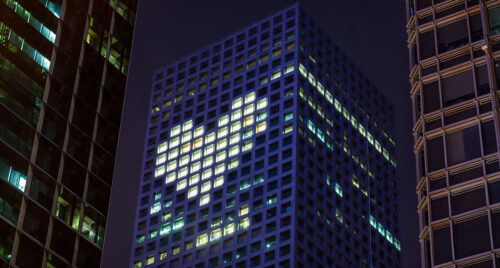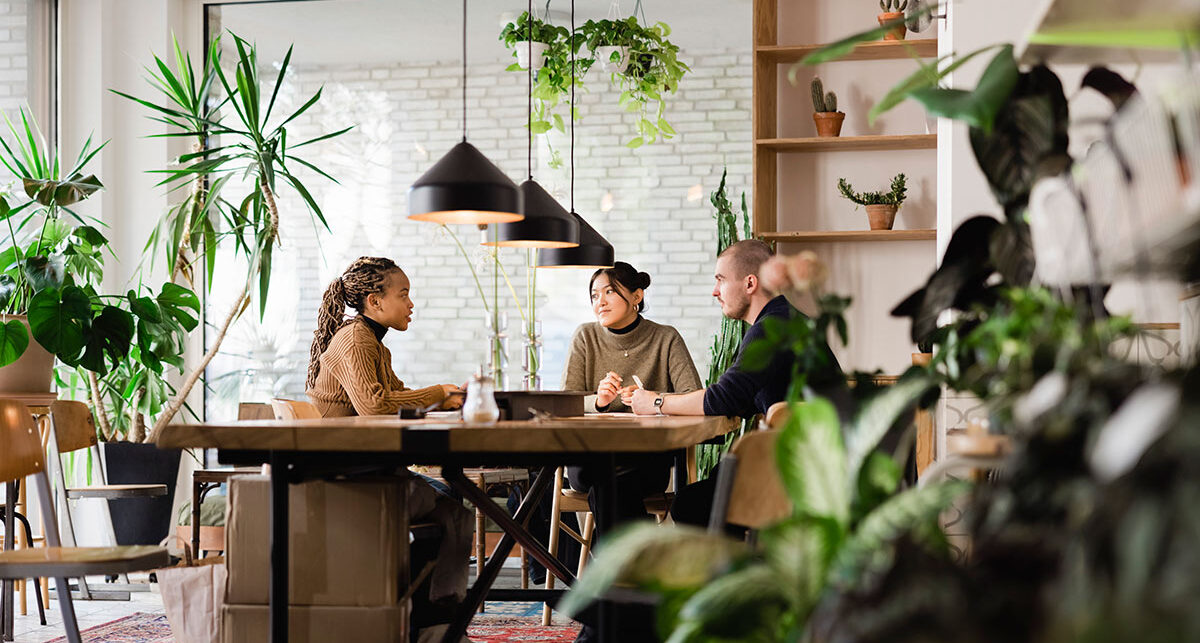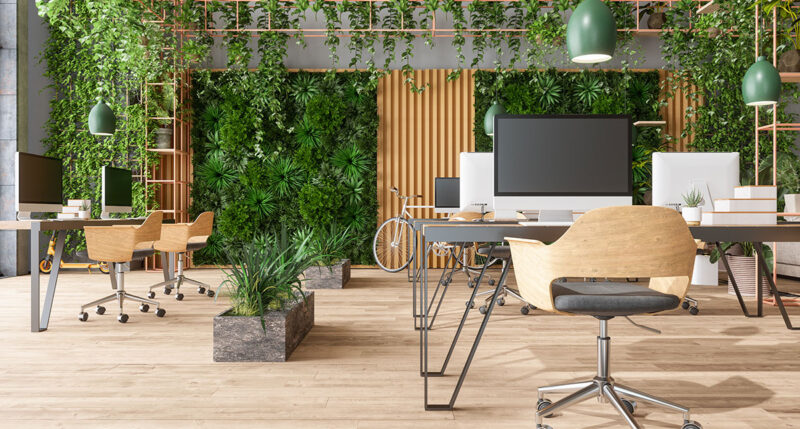
Insight
The Economics of Valentine’s Day
29th January 2025
14th January 2025
From 13th to 19th January, it is Houseplant Week in the UK, and the spotlight turns to the thriving trend of indoor greenery and its impact on our built environments. Once considered a simple decorative addition, houseplants now play a central role in creating spaces that promote wellbeing, sustainability and tenant satisfaction. For commercial property owners and managers like Targetfollow, integrating biophilic design elements, including houseplants, is not just a trend but a strategic move to elevate spaces and enhance user experience.

Houseplants have experienced a surge in popularity in recent years, fuelled by their aesthetic appeal and numerous benefits for physical and mental health. From small succulents adorning desks to lush ferns transforming entire rooms, the use of greenery has transcended residential settings to become a key feature in commercial environments.
This trend is more than just a passing phase. Studies show that incorporating plants into interior spaces can improve air quality, reduce stress and boost productivity. These findings have encouraged businesses to embrace greenery as a way to foster healthier and more engaging environments for their tenants and employees.
At the heart of the houseplant movement lies the concept of biophilic design. Rooted in our inherent connection to nature, biophilic design integrates natural elements into the built environment, creating spaces that feel more inviting, inspiring and restorative.
For commercial properties, adopting biophilic design can involve introducing living walls, curated plant displays or simply placing greenery in strategic locations. The benefits are compelling:
Enhanced Wellbeing: Studies suggest that proximity to plants can lower blood pressure, improve mood and reduce anxiety.
Improved Productivity: Green spaces in offices and communal areas have been linked to higher focus and creativity among employees.
Better Air Quality: Plants can filter harmful pollutants, making indoor air cleaner and healthier.
Aesthetic Appeal: Greenery adds texture, colour and vibrancy, making spaces more attractive to tenants and visitors alike.

At Targetfollow, we understand the value of biophilic design and its ability to transform commercial spaces into dynamic, tenant-friendly environments. Across our property portfolio, we are integrating greenery and sustainability to create spaces that not only meet but exceed tenant expectations.
From historic venues like The Pantiles to modern developments, Targetfollow is embracing innovative ways to introduce greenery into our spaces. Examples include:
Strategically Placed Plants: Adding potted plants in high-traffic areas such as reception areas, communal spaces and conference rooms to create a welcoming atmosphere.
Living Walls: Installing vertical gardens in offices and retail environments to bring nature indoors and make a bold design statement.
Greenery in Courtyards: Enhancing outdoor spaces with greenery, providing tenants with areas to relax and recharge.
In addition to the aesthetic and wellness benefits, incorporating houseplants aligns with Targetfollow’s commitment to sustainability. Greenery contributes to eco-friendly building practices by:
Reducing Carbon Footprint: Plants absorb carbon dioxide, helping to mitigate the environmental impact of commercial properties.
Promoting Energy Efficiency: Strategically placed plants can regulate indoor temperatures, reducing the need for artificial cooling or heating.
Encouraging Green Practices: Visible greenery often inspires tenants and visitors to adopt more sustainable habits, such as recycling or conserving energy.

Investing in biophilic design is not only beneficial for tenants but also for property owners. Green spaces enhance a building’s value, making it more appealing to potential tenants and investors. Properties with thoughtfully integrated greenery often command higher rental rates and enjoy lower vacancy levels, as tenants increasingly prioritise wellness-oriented environments.
Moreover, incorporating houseplants and other biophilic elements can boost a property’s reputation, positioning it as a forward-thinking, eco-conscious space that meets the demands of modern businesses and consumers.
Ultimately Houseplant Week serves as a timely reminder of the transformative power of greenery in commercial spaces. For companies like Targetfollow, integrating houseplants and biophilic design elements is more than just a nod to a popular trend – it’s a commitment to creating healthier, more sustainable environments that benefit tenants, employees and the planet.